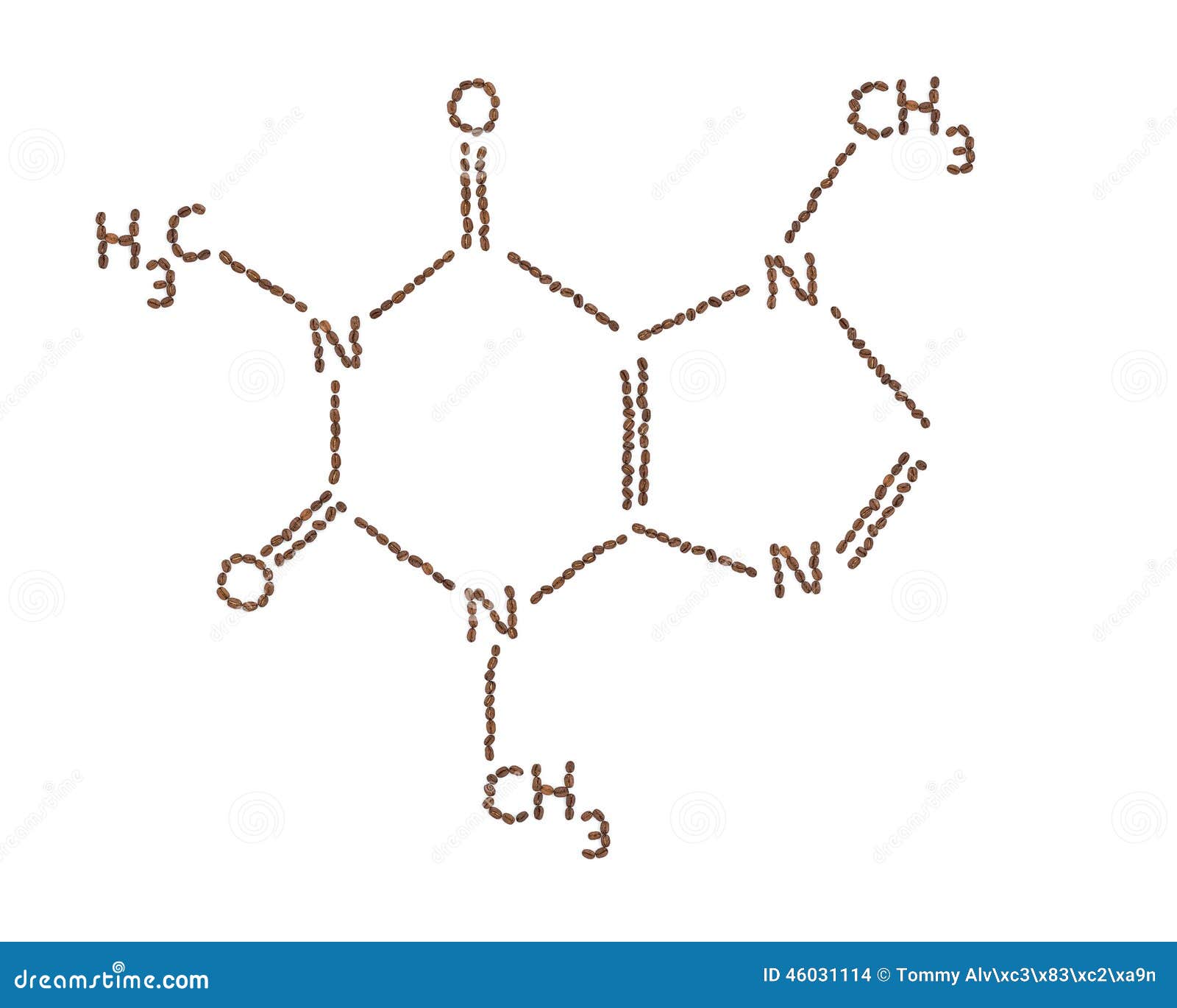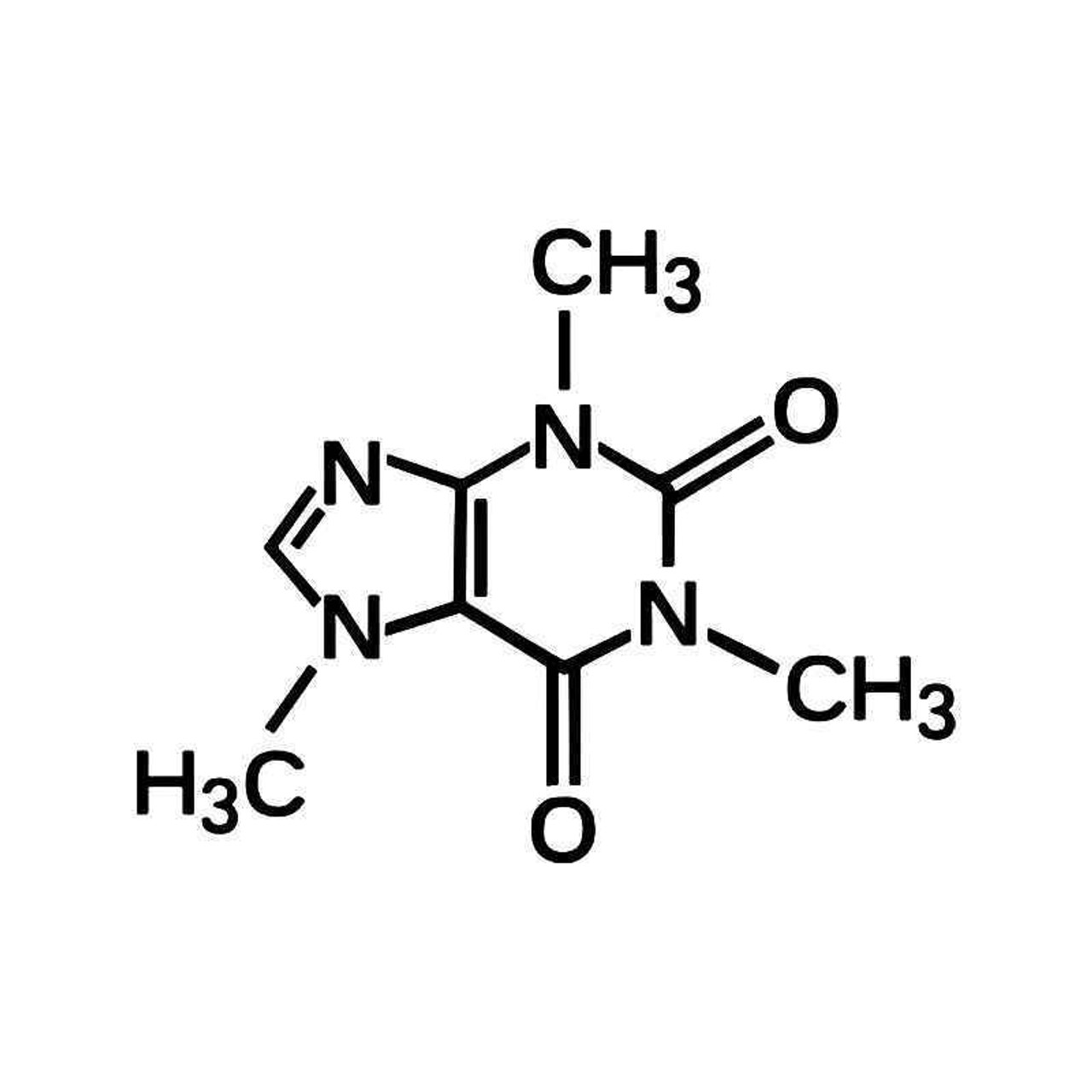
In this synthesis, "SAM" refers to S adenosyl-L-methionine, which causes the addition of a methyl group.


In addition, it may also be dangerous for the heart as well as an increase in chance of receiving osteoporosis. This drug gives way to a smaller appetite and a fast metabolism. Studies have shown that people with these eating disorders frequently have an extensive intake of caffeine. In conclusion, wakefulness is a symptom of the sleeping disorder caused by caffeine if taken inconsiderably.Ĭaffeine is also a cause of Anorexia and Bulimia nervosa.

In addition, according to Winston, "it reduces slow-wave sleep in the early part of the sleep cycle and can reduce REM sleep later in the cycle" (page 2). When taken near bed time, it may extend the hours awake and give the inability to easily fall asleep. Insomnia is sometimes the outcome of an excessive amount of caffeine. As a result of its similarity to the structure of cAMP, caffeine prevents cAMP-PDE from breaking down cAMP and allows the anti-drowsy effects to prolong for much longer.ĬAMP Disorders Coca-Cola However, there is an enzyme found inside the body, cyclic nucleotide phosphodiesterase (cAMP-PDE), that breaks down cAMP and removes its anti-drowsy effects from the body. It increases the amount of oxygen delivered to the brain as well as blood pressure, both of which keep the body alert. However, when caffeine enters the body it binds to these same receptors because of its similar structure and this prevents adenosine from binding to these receptors and this delays the body from feeling sleepy.ĬAMP is a secondary messenger that is responsible for processes involving blood pressure and oxygen in the body. When there are large buildups of adenosine in the brain, they begin to bind to the brain receptors and that causes reactions leading to sleepiness and feeling drowsy. Within the body, adenosine plays a role in regulating the brain and its activity. As a result of similar structures, caffeine can potentially bind to receptors that usually bind to adenosine and its derivatives. The reason caffeine affects the body in the way that it does is because of its structural resemblance to both adenosine and cyclic adenosine monophosphate (cAMP). Įffects of Caffeine: How and Why? īy in-taking caffeine, the body feels a sense of alertness and wakefulness. It works as an insecticide for the plant, deterring many potential threats as it can obstruct metabolic pathways. Plants utilize caffeine as a line of defense. It is widely accepted that caffeine is a stimulant when consumed by humans, with its main focus falling upon the central nervous system. Major caffeine sources include the seeds of the coffee plant ( Coffea Arabica), tea leaves ( Camellia Sinensis), and cola nuts.

These compounds usually exist as salts because of their basic nature. Alkaloids are a large group of compounds that can be found mainly in plants and contain basic nitrogen atoms. While the actual caffeine content of plant seeds and leaves varies quite a bit from species to species, caffeine is viewed as the most abundant naturally-occurring purine alkaloid, meaning it is derived from one or more purine nucleotides. Following these symptoms, many other disorders such as anxiety, sleep, eating disorders, and many more may occur.Ĭaffeine (1, 3, 7-trimethylxanthine) is a natural product found in plants. According to Winston, “caffeine is characterized by restlessness, agitation, excitement, rambling thought, speech, and insomnia" (page 1). For example, according to an article, "Neuropsychiatric Effects of Caffeine", by Anthony Winston, it shows that 100 mg is in a normal cup of coffee, 75 mg in instant coffee, and 50 mg in tea that we drink every day (Winston, page 432).Ĭommonly, caffeine starts to affect the brain and body within an hour and begins to wear off after 3 to 4 hours.Ĭaffeine is mainly use for the purpose to raise and boost mental functions, but when it is overly used, it can also advance into a harmful state called caffeinism. Many consume this drug without even being conscious of their daily intake, and it is not something that most people think of as being dangerous or questionable.Īlthough Caffeine is taken very lightly, large amounts of this product are in many of our drinks. This includes, but not limited to sodas, coffee, and tea. It is found in many of the drinks we consume daily. Caffeine is the most popular drug that is being used to maintain a certain mental stability such as staying awake, changing the way the brain functions, and moods.


 0 kommentar(er)
0 kommentar(er)
